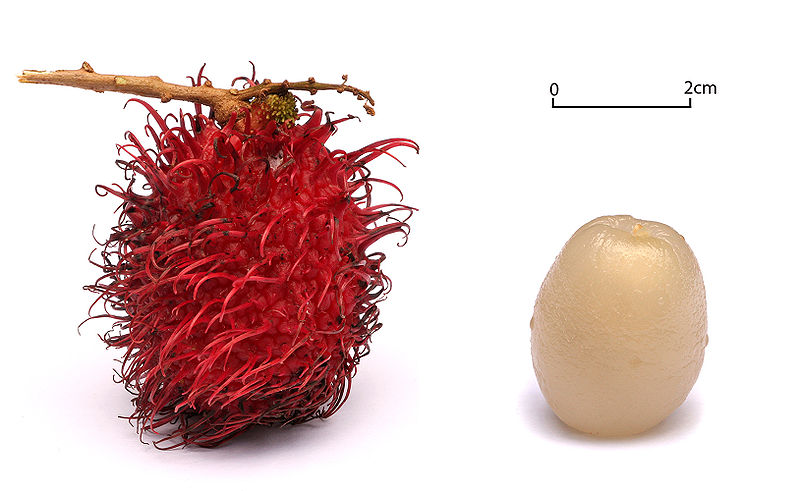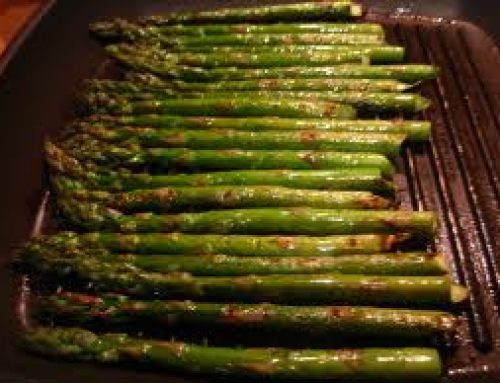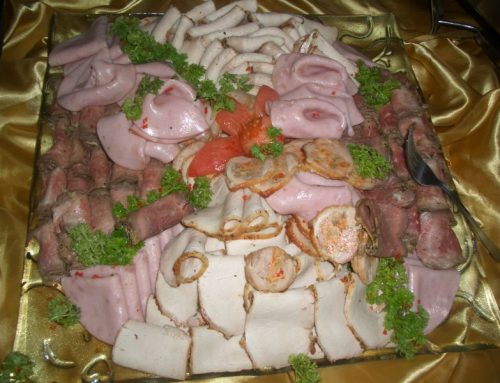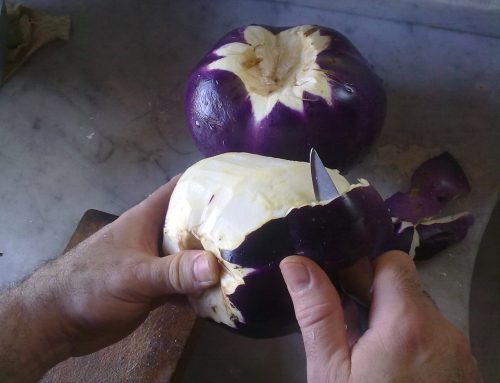Rambutan’s are native to Indonesia and Malaysia but also grow in Thailand, Vietnam, the Philippines, and elsewhere in Southeast Asia,
It is a close relative to the lychee, longan, and mamoncillo and is either Yellow or red in colour. T
Its flesh has a sweet and sour taste and its skin is meant to be peeled off.
So can guinea pigs eat Rambutan and if they can how much of them can be eaten?
Lets take a look here and find out by checking out its nutritional data.
In particular, its acidic, sugar, fat, calcium, and phosphorus content.
Energyt343 kJ (82 kcal)
Carbohydratest20.87 g
– Dietary fibert0.9 g
Fatt0.21 g
Proteint0.65 g
Thiamine (vit. B1)t0.013 mg (1%)
Riboflavin (vit. B2)t0.022 mg (2%)
Niacin (vit. B3)t1.352 mg (9%)
Vitamin B6t0.02 mg (2%)
Folate (vit. B9)t8 μg (2%)
Vitamin Ct4.9 mg (6%)
Calciumt22 mg (2%)
Iront0.35 mg (3%)
Magnesiumt7 mg (2%)
Manganeset0.343 mg (16%)
Phosphorust9 mg (1%)
Potassiumt42 mg (1%)
Sodiumt11 mg (1%)
Zinct0.08 mg (1%)
(source: Wikipedia)
As you can see Rambutan’s contain a hint of phosphorus, calcium, and fat, but they are a little acidic.
With this in mind, they can be eaten by guinea pigs but only twice to three times a week in small amounts.
Their skin must be peeled and disposed of before hand though.





